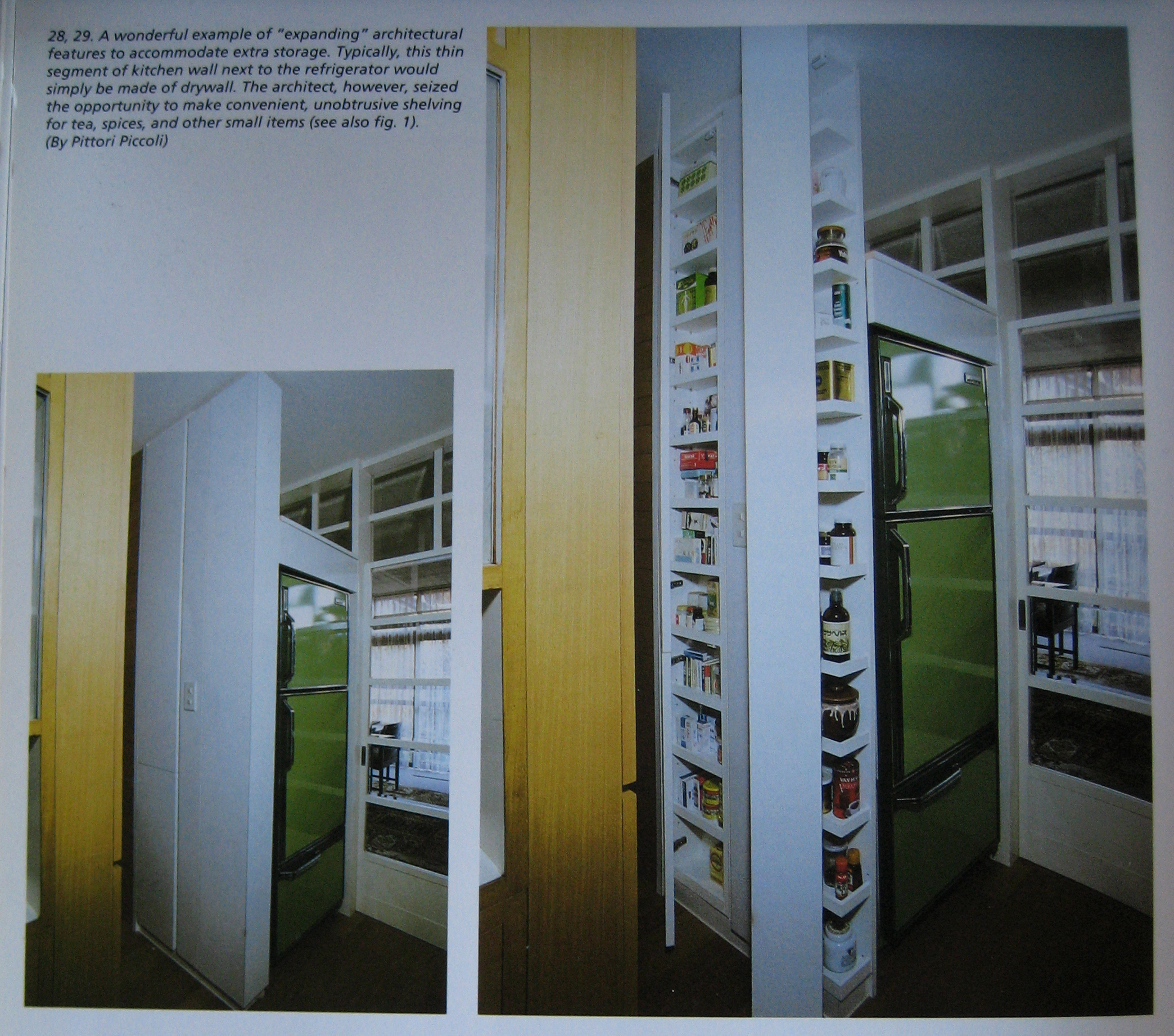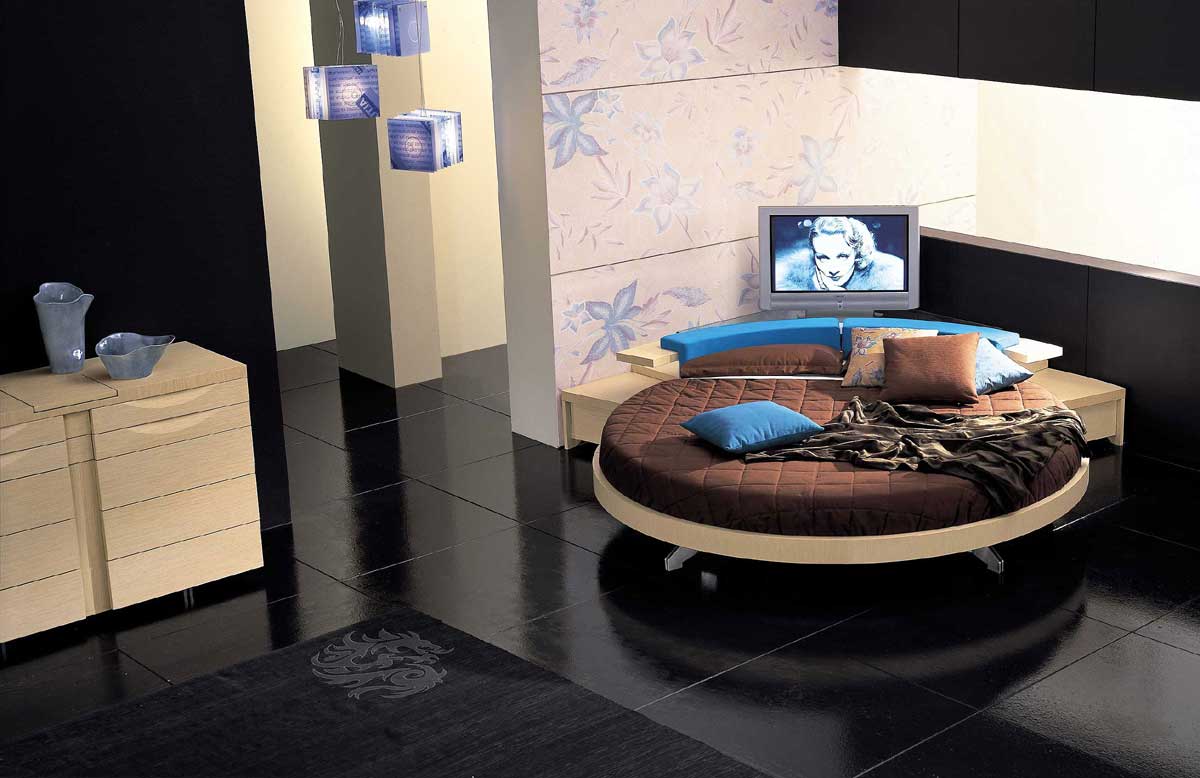

Interior Design For Small Spaces
In the real estate market, essentially, space is expensive. In order to have their own place, some people nowadays are getting smaller apartments or houses. There is a grand assortment of tricks that exists in designing the interior for small spaces. Anyway, the concept of small is really relative, depending on certain variables such as the layout of the furniture and the amount of square foot per person.
If you have a small room or house, remember that there are also benefits of these petite spaces: they are more cost effective and less wasteful. A smaller space can also be quite desirable if you require less cleaning, light, and heat.
Basic Design
Versatility and flexibility are the two major components of small space design. If you think about your small room as the interior of a plane, boat, or car, you will notice that there is only a little area needed to control it. Similar to your room, the key is to be able to play and work in your space effectively – a highly usable room will feel less small.
Rather than to fight it, you have to focus intently on the benefits that a small space provides. Maximize favorable concepts such as functionality, charm, intimacy, security, and coziness. You can find the natural character of the room to draw the visitors in; just look for hiding extra spaces (ex. under sloping ceilings) to be creative in finding ways to utilize these areas.
When decorating, you should always focus on simple things. Visual unity in your decorations will enable your room to maintain its sense of class. Also, one method you can use to have a balanced room is to make its details consistent.
Airy and Light
Maximizing airflow and light is always the key to feel the spaciousness in your room. Simple changes can make a huge difference in enhancing the light. Analyze the materials of your decorations and furniture: whether leather, polished wood, glass, and metal all reflect the light in the room. Draw the visitor’s eyes to the windows and bring the outdoors in. Exploit a lot of mirrors – they have the ability to enhance a feeling of light and space. For example, you can place a very large mirror opposite a window – this will reflect the outdoors on the other side of the wall, creating a mock window.
Avoid a single overhead lighting because it has the tendency to draw in the walls. Increase your light sources instead, and place them near the walls reflecting glow. Conceal these light sources creatively with recessed lighting, directed spotlights or include lampshades.
Storage and Furniture
Keep the furniture compact when designing for a small space. The size of your belongings needs to be balanced with the size of the space. When you select furniture, you have to consider the maximization of space for the utility. Like for example, buying a bench to be used in the dining table consume less floor space and provide more seating capacity than individual chairs.
Creative storage should also be considered. More clutter will make the room look smaller. Find ways on how you can stash your baskets or clutter under the storage benches or coffee tables.
No comments:
Post a Comment